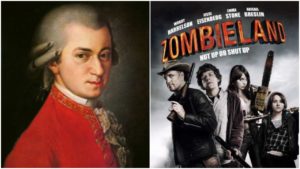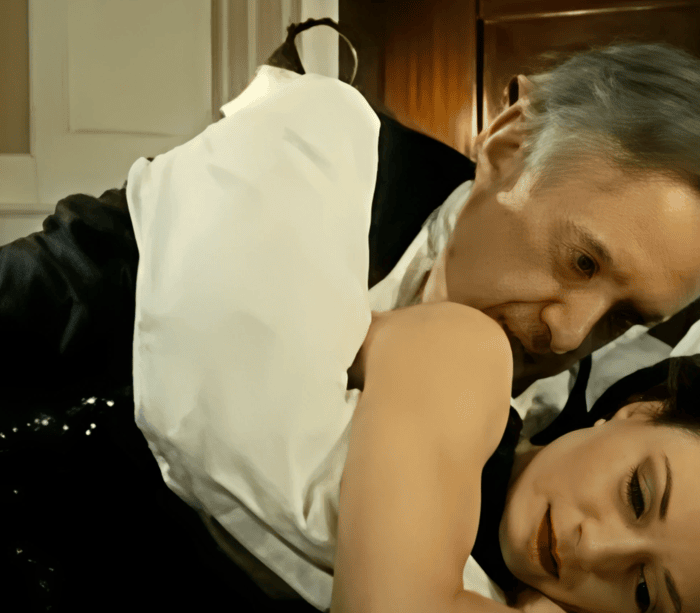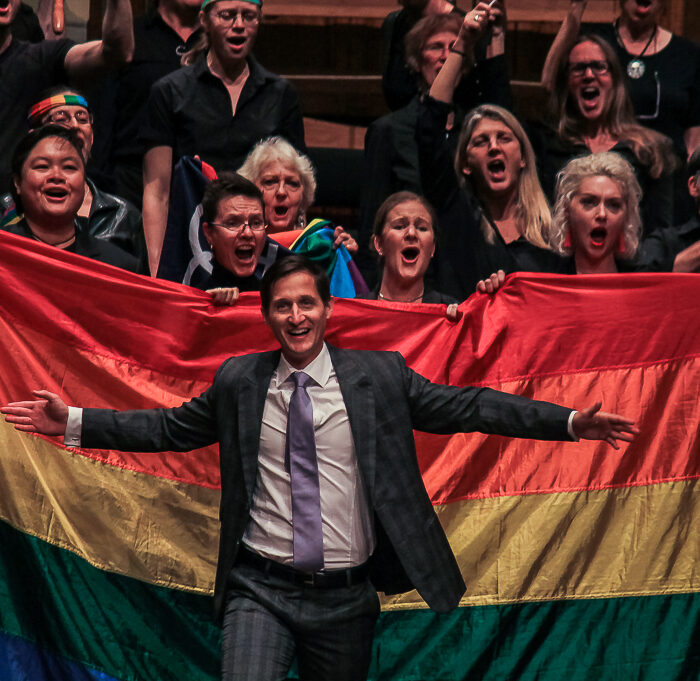
Opera Meets Film: How Mozart’s ‘Le Nozze di Figaro’ Emphasizes An Emotional Turning Point in ‘Zombieland’
By David SalazarOpera Meets Film” is a feature dedicated to exploring the way that opera has been employed in cinema. We will select a section or a film in its entirety, highlighting the impact that utilizing the operatic form or sections from an opera can alter our perception of a film that we are viewing. This week’s installment features “Zombieland.”
What do Mozart and Zombies have anything to do with one another?
It is a rather strange conceit, and yet as employed in “Zombieland,” it seems like the ideal natural fit.
The zombie comedy kicks off with Columbus talking to the audience on his own about his experiences alone in the zombie apocalypse. Eventually he meets up with Tallahassee, a zombie mercenary, and the two decide to journey together for a bit. Then they team up with Wichita and Little Rock, two sisters dreaming of heading to Pacific Playland to find some fun in the midst of such dark times.
This family of characters has a few rough starts in their initial meetings but eventually grow to appreciate and love one another. The scene where everything changes is all about Mozart.
The group finds itself in an antique shop. A confrontation between Tallahassee and Columbus leads to an antique falling and breaking. From there the two start destroying everything and the two ladies join in the fun.
Suddenly the overture to Mozart’s “Le Nozze di Figaro” fires up on the screen and the images run at a slower frame rate so that the audience can savor the chaos and excitement that these characters experience. Director Ruben Fleischer clearly wants audiences to hang onto this minute which does little to advance the plot, but undeniably develops the relationship further.
Mozart’s overture, with its frenetic pace and building excitement underscores the geniality of the moment. Mozart’s music has always been about putting a smile on people’s faces (generally speaking) and that impact is palpable in this marriage between music and images. But what makes it all the more impactful is that it is meant to stand out as the only piece of classical music in the entire score. There is a quotation of the Wiener Blut waltz at the theme park, but that feels more a part of the film’s diegetic world. This is purposely non-diegetic and unlike other more popular music that plays and screams Americana, this is distinct in how foreign it is in its expressive colors and style. As such, it becomes seared on the audience’s emotional recall with regards to the film.
Watch this gem of a scene below.


